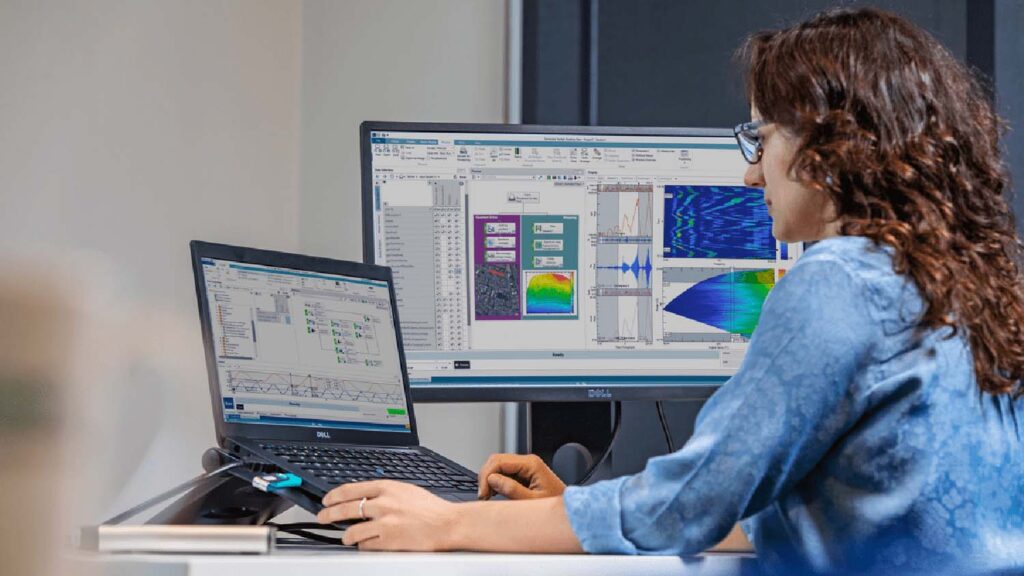Simcenter Testlab 2021 has been unveiled, with the latest release part of the Siemens Xcelerator portfolio of integrated software and services.
The latest release includes updates to Simcenter Testlab Neo, enhanced model-based systems testing, introduces a new technology for accelerating structural dynamics called Digital Image Correlation, and frontloads analysis of full vehicle noise, vibration and harshness (NVH) during the design process.
Test and simulation engineers as well as test campaign managers will look to benefit from this Simcenter Testlab release, with multi-disciplinary test-based performance engineering, specifically designed to offer teams new capabilities to innovate smart products more productively.
“The latest developments within industry can bring innovation, but also bring new demands and requirements, including the need to achieve realistic and predictive results more efficiently than ever before,” said a Simcenter spokesperson.
“Test teams are now working closely together with simulation teams, as the ever-declining number of prototypes available calls for the use of digital twins in the early stages of development. At the same time, there is an ever present need to obtain the most information possible from massive amounts of data, collected by testing and generated by simulation.”
Siemens suggests that the effort required to compare and correlate test and simulation results is minimised in the 2021 release, and ‘validated simulation models’ – digital twins in general parlance – can be used during the physical testing activities to generate valuable extra data.
Simcenter Testlab provides direct data access to many simulation results formats, allowing engineers to benefit from the data processing capabilities within the software as well as the consistency of selected processing functions and parameters between the physical and virtual tests.
The component-based transfer path analysis solution with Simcenter Testlab should enable the evaluation of vehicle performance in early design stages.
Siemens says that it is capable of maximising the usage of all available information on sub-systems and components, whether that be measurement data or simulation results. This solution can measure, post-process and publish accurate and consistent component NVH models, capable of improved component characterisation methods and predictive NVH synthesis, supporting performance evaluation of virtual prototype assemblies.






